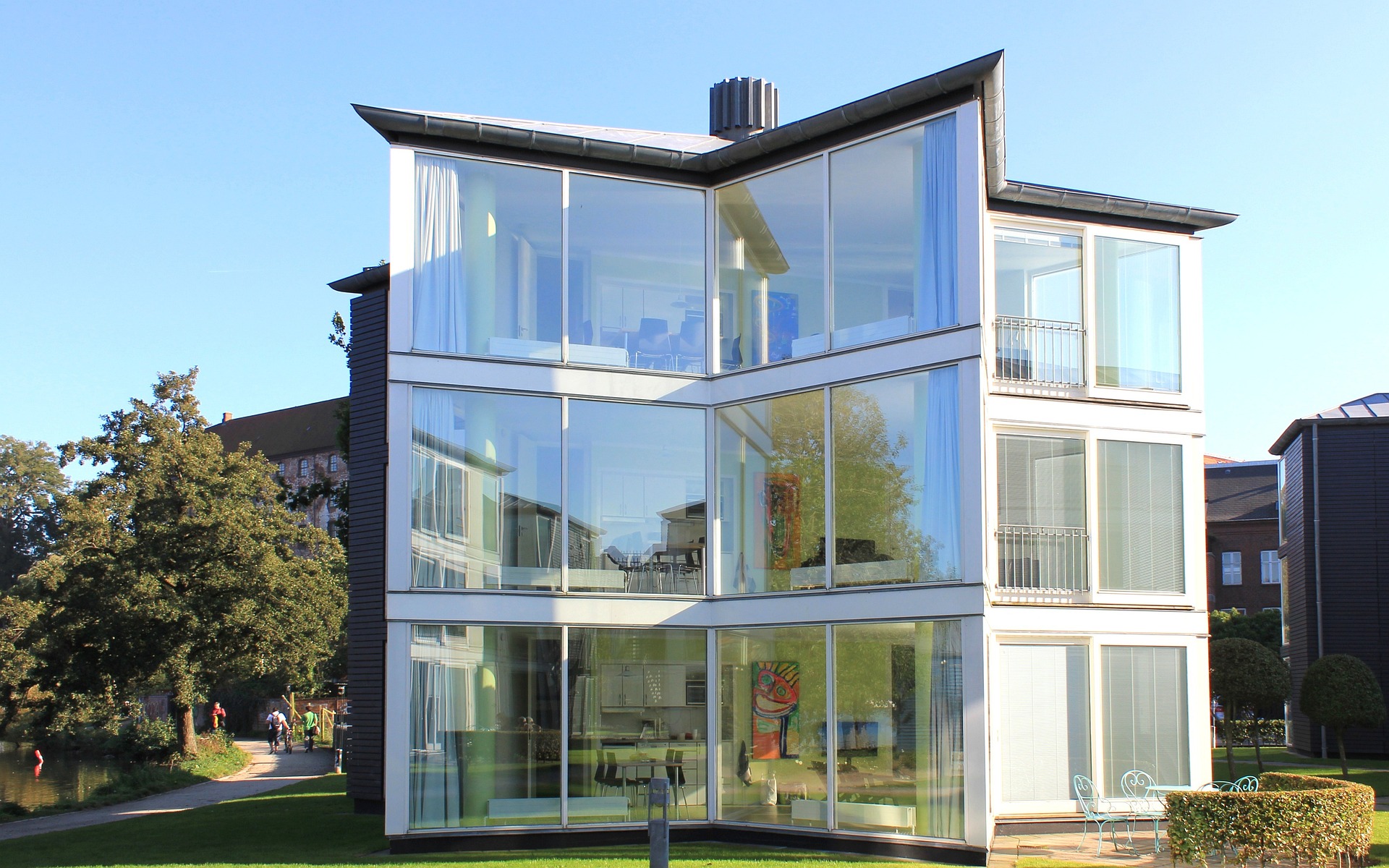How to Recognize and Understand Common Itchy Skin Rashes
Skin rashes are a frequent concern that can appear for a variety of reasons, from minor irritations to conditions requiring medical attention. Recognizing the type of rash and understanding when it might need professional evaluation can help people make informed decisions about their skin health. This article offers an overview of common itchy skin rashes, their visual characteristics, and general guidance on when to consider seeking medical advice.
What are the most common causes of skin rashes?
Skin rashes can appear for many reasons, ranging from mild irritation to more serious conditions. Common causes include allergic reactions, infections, heat, and certain medications. Environmental factors such as exposure to poisonous plants or harsh chemicals can also trigger rashes. In some cases, underlying health conditions like eczema or psoriasis may be responsible for persistent skin irritations.
How can you identify different types of skin rashes?
Identifying the appearance and location of a rash is an important step toward understanding its cause. Rashes can vary widely in their presentation, from small, red bumps to large, scaly patches. Some rashes may be localized to a specific area, while others can spread across the body. Key characteristics to observe include color, texture, distribution, and any associated symptoms like itching or pain.
What are the characteristics of itchy skin rashes?
Itchy skin rashes often vary in size, color, and texture depending on the underlying issue. Hives, for example, appear as raised, red welts that can be intensely itchy. Eczema typically presents as dry, red, and inflamed patches that may ooze or crust over. Psoriasis is characterized by thick, silvery scales on red, inflamed skin. The intensity of itching can range from mild to severe, often leading to scratching that may further irritate the skin.
When should you seek medical attention for a skin rash?
Some rashes may resolve on their own, while others could require professional medical attention. It’s advisable to consult a healthcare provider if the rash is accompanied by fever, severe pain, or signs of infection such as pus or warmth. Rashes that spread rapidly, affect a large area of the body, or do not improve with over-the-counter treatments should also be evaluated by a medical professional. Additionally, any rash that interferes with daily activities or causes significant discomfort warrants medical attention.
What are some effective home remedies for common skin rashes?
For mild skin rashes, several home remedies can provide relief. Cool compresses can help soothe irritated skin and reduce inflammation. Oatmeal baths are known for their anti-inflammatory properties and can be particularly effective for itchy rashes. Applying aloe vera gel or calamine lotion can also help alleviate itching and promote healing. It’s important to keep the affected area clean and avoid scratching to prevent further irritation or infection.
How can skin rashes be prevented or managed long-term?
Prevention and long-term management of skin rashes often involve identifying and avoiding triggers. This may include using hypoallergenic products, wearing protective clothing when exposed to potential irritants, and maintaining good skin hygiene. For chronic conditions like eczema or psoriasis, consistent use of prescribed medications and moisturizers is crucial. Stress management techniques and a balanced diet rich in anti-inflammatory foods can also contribute to overall skin health.
What are the most common treatments prescribed for skin rashes?
Treatment for skin rashes varies depending on the underlying cause and severity. Here’s a comparison of common treatments prescribed by healthcare professionals:
| Treatment Type | Common Uses | Key Features | Estimated Cost Range |
|---|---|---|---|
| Topical Corticosteroids | Eczema, Psoriasis, Allergic reactions | Reduces inflammation and itching | $5 - $50 |
| Antihistamines | Allergic rashes, Hives | Relieves itching and allergic symptoms | $10 - $30 |
| Antifungal Creams | Fungal infections (e.g., ringworm) | Eliminates fungal growth | $15 - $40 |
| Antibiotics | Bacterial skin infections | Treats bacterial causes of rashes | $20 - $100 |
| Immunomodulators | Severe eczema, Psoriasis | Modifies immune response in the skin | $100 - $500 |
Prices, rates, or cost estimates mentioned in this article are based on the latest available information but may change over time. Independent research is advised before making financial decisions.
In conclusion, understanding the various types of skin rashes, their causes, and appropriate treatments is essential for managing these common skin conditions effectively. While many rashes can be treated at home, it’s important to recognize when professional medical care is necessary. By being aware of the characteristics and potential causes of skin rashes, individuals can take proactive steps to maintain healthy skin and seek timely treatment when needed.
This article is for informational purposes only and should not be considered medical advice. Please consult a qualified healthcare professional for personalized guidance and treatment.
The shared information of this article is up-to-date as of the publishing date. For more up-to-date information, please conduct your own research.





